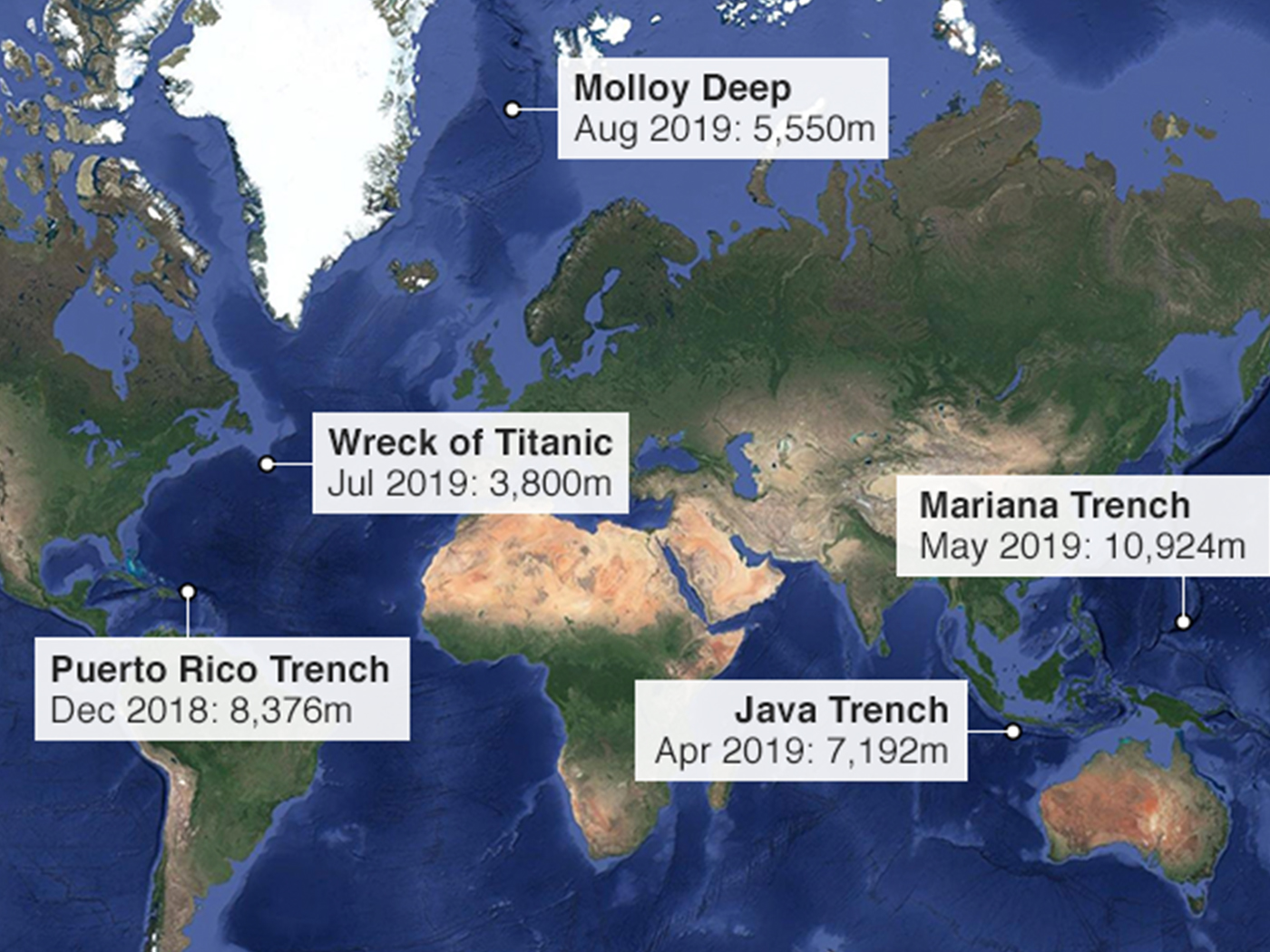". . . the works were finished from the foundation of the world." (Hebrews 4:3)
Some have ridiculed the Flood story by insisting that the job of the Ark's construction was impossibly large. How could Noah have done it? Admittedly, we don't have all the details, but let's make some reasonable assumptions and see if the task is too great.
The Lord predicted that His judgment on the sinful civilization in the days of Noah would come in 120 years (Genesis 6:3). When He told Noah and instructed him to build the Ark (6:14-16) is unclear. But let's assume that Noah had the full 120 years warning.
Noah's three sons began to be born 100 years before the Flood (cf. 5:32 with 7:6) and within a few years were able to help. There may have been others to help as well, for grandfather Methusalah was alive during the entire construction period, dying the year of the Flood. There may have been others in a godly remnant of whom we know nothing. All we know now is that only eight people, Noah and his wife, their three sons, and their wives, constituted the faithful still living when the Flood finally came (7:13; II Peter 2:5). It may also have been that Noah hired construction workers to help. He must have been at least wealthy enough to abandon his livelihood during this period, but again we have no knowledge of these details.
Let's take the worst case scenario. Let's assume that only Noah and his three sons were available to help. Could they have done it all by themselves? To answer this we must first understand the magnitude of the job.
In Scripture we are only told the gross dimensions of the Ark—450 feet long, 75 feet wide, and 45 feet high, assuming a cubit of 18" (6:15). We also know that the Ark had three decks (6:16). Thus the overall volume of the Ark was:
450 x 75 x 45 = 1.52 x 106 ft.3
But a structure consists mostly of open space. Most houses are over 95% open, less for large ships. In our worst case scenario, let's assume that 20% of the Ark's volume was worked lumber that the four men had to gather, transport to the construction site, do the necessary shaping and install.
1.52 x 106 x .2 = .304 x 106 ft.3
Remember, the Ark didn't have to win any beauty contests, or speed races, it just had to be strong and float. It probably more resembled a rough barn or stable in workmanship. The generations so soon after creation, living in an ideal environment with long life spans, were no doubt intelligent and capable. It hardly matters if the family were experienced in construction for within a year or so they would have been true professionals. An experienced crew of four could have installed, we assume, an average of 15 cubic feet of wood per day. If anything, this estimate seems low, but this is the worst case!
15 ft x 6 days x 52 wks = 4,680 ft3/year
It's now easy to calculate how long it would have taken.
|
0.304 x 106 ft3 |
= 65 years |
|
4,680 ft3/year |
Sixty-five years under this worst case scenario! A big job, yes, but Noah was a faithful man, and accomplished the task. As we see, even simple calculations can enhance our faith in God's Word.
























